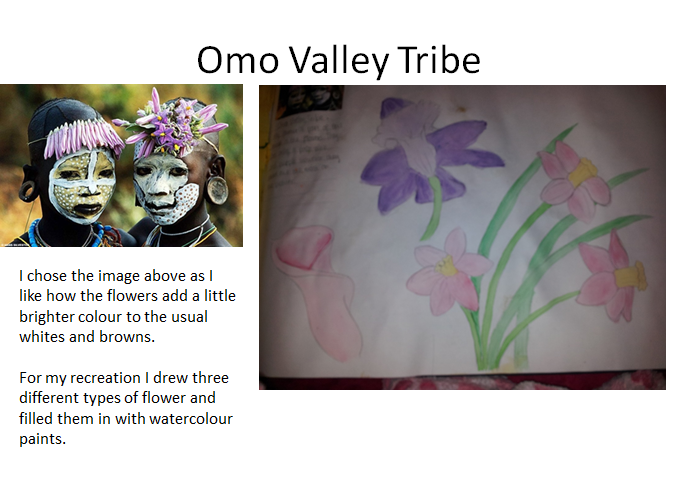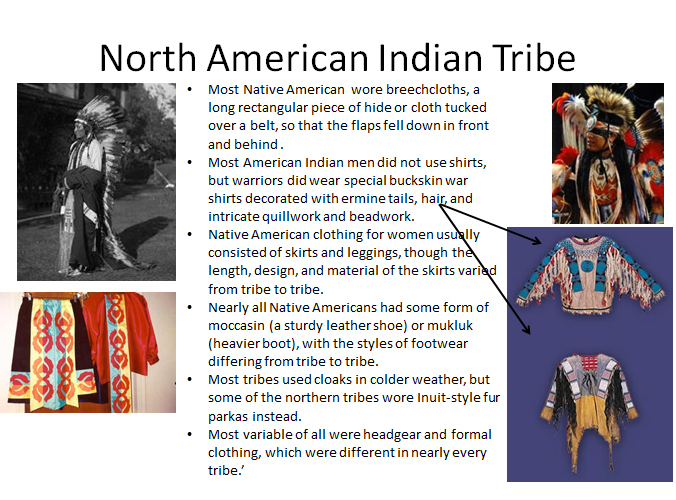- Fashion Predictors
- Bloggers
- Magazine Editors
- High End Designers
What is fast fashion?
Fast fashion is designed for the younger generation, aged around 16-20 years, that are more fashion concious. It is usually cheaper so that it can be bought and thrown away when not in fashion any more.
What is classic fashion?
Classic fashion is timeless. It is designed for the older generation that buy clothes to be worn on an everyday basis for a few years. It costs more than fast fashion usually does and will usually be made to a better quality so that it lasts longer.
What are the stages of the trickle down and bubble up effect?
The trickle down effect usually starts with celebrities, then bloggers and then average people. The bubble up effect goes in the opposite direction.
High end to low end fashion brands and who shops there?
Celine, Alexander Wang, Victoria Beckham, Mullberry, Selfridges, Zara, Topshop, River Island, Asos, H&M, Primark, Shout, Markets. Celebrities and bloggers would usually shop from Celine to about Zara, average people would shop from Zara to H&M and poorer people in Primark, Shout and on markets.
Why is fashion pre planned?
Fashion is pre planned so that designers have enough time to make the clothing and shops have enough time to buy the clothing in for people to buy it off them. The shops and designers need to know what people are going to buy so that they don't waste money on making garments that people won't wear.





































































